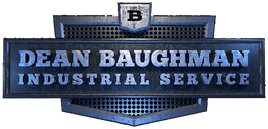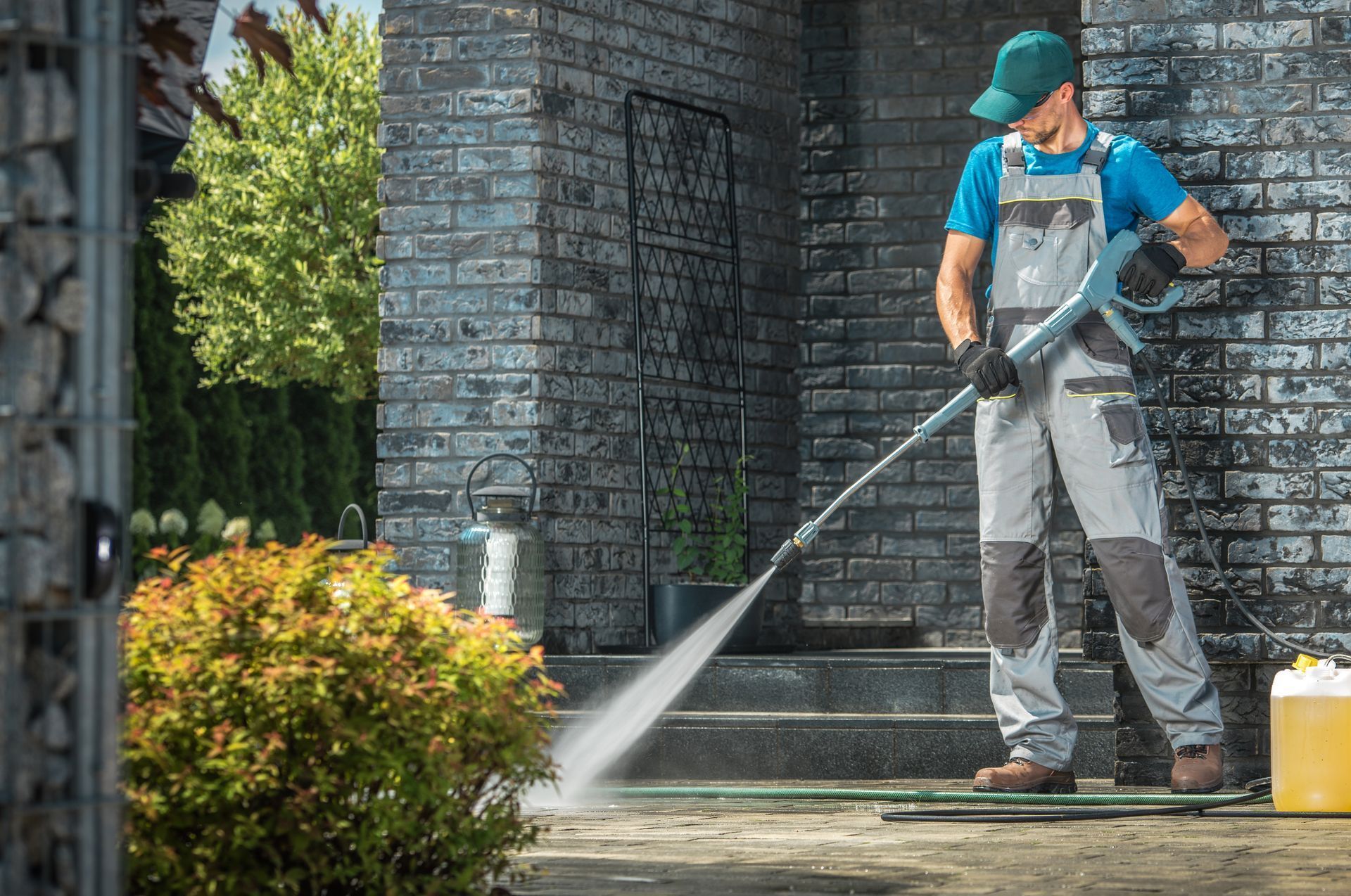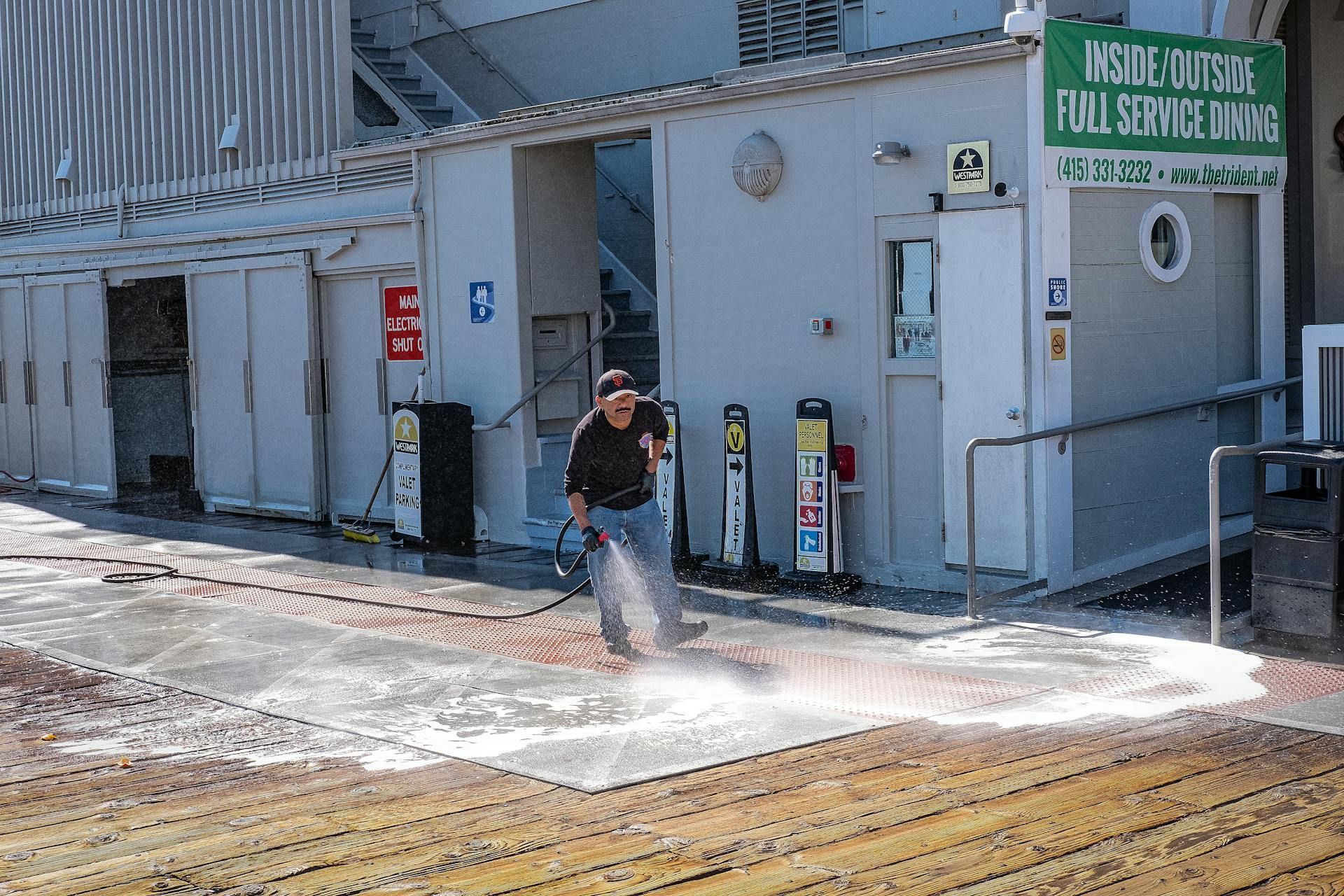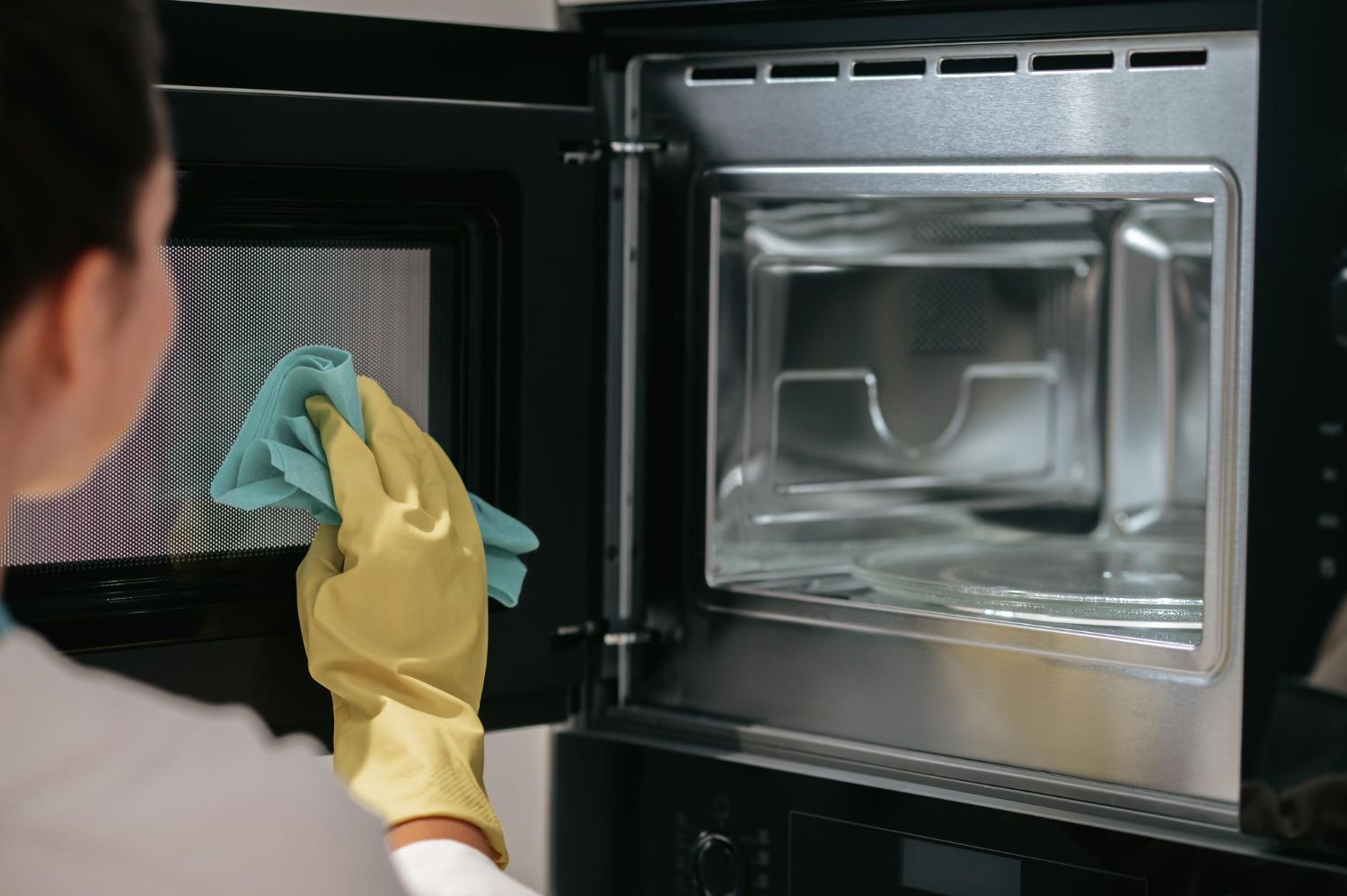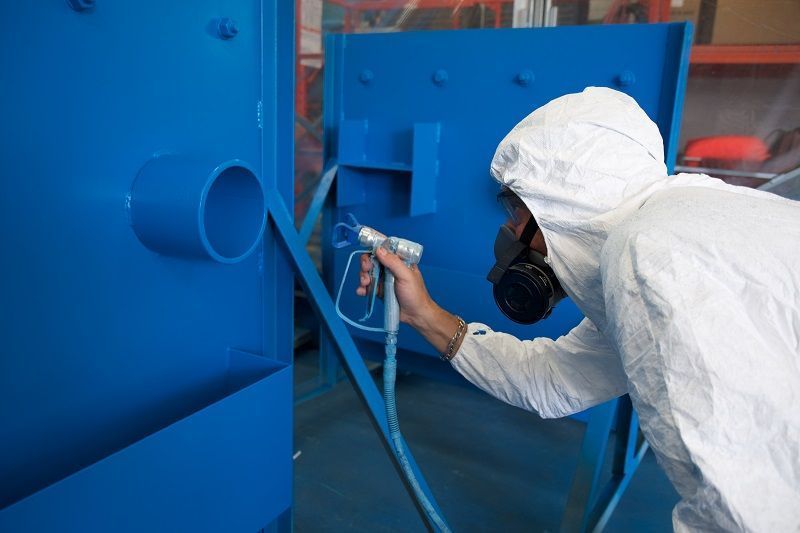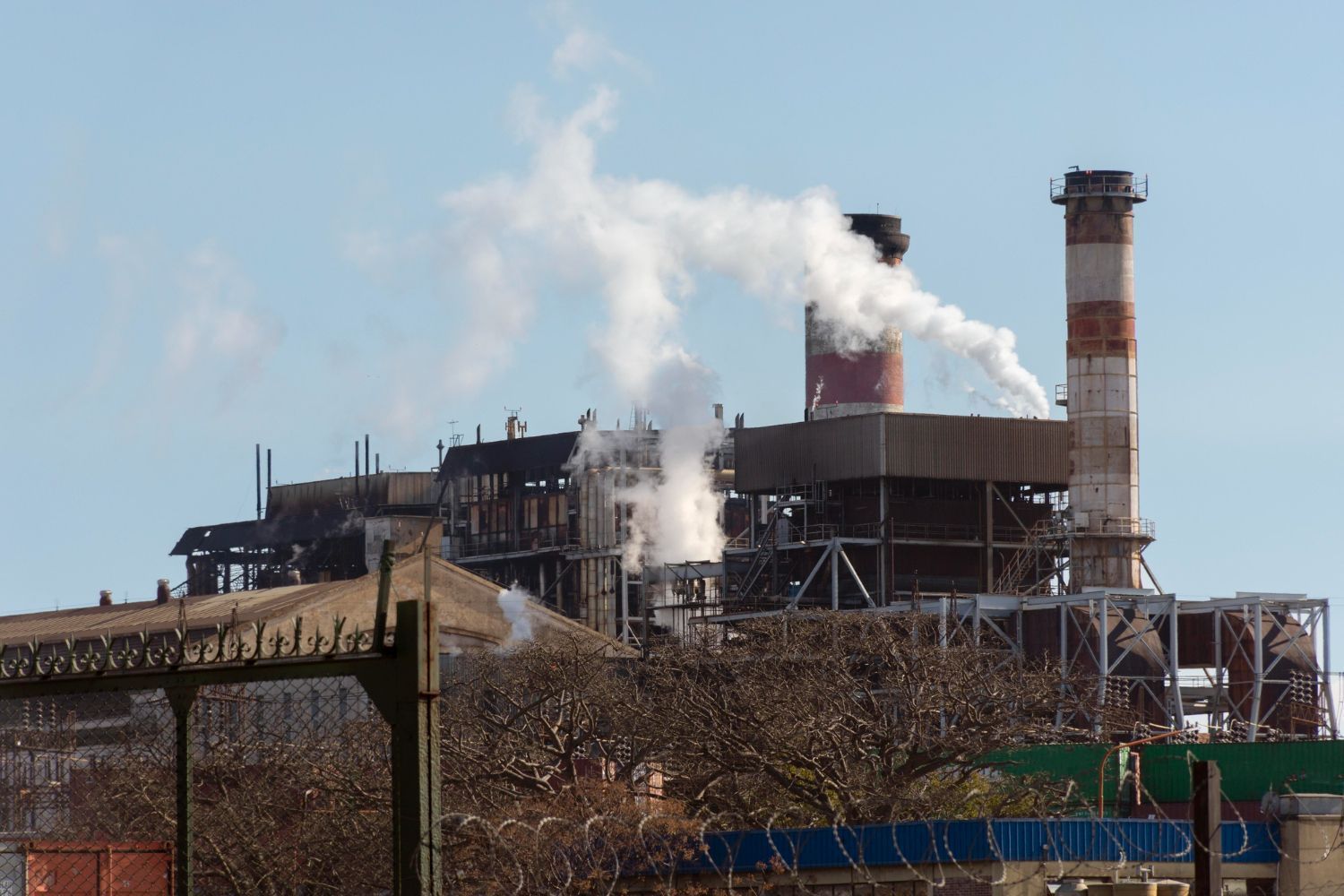Cleaning with Dry Ice Blasting: How it Works
Cleaning is an essential part of our everyday lives. Whether it's our homes, offices, or industrial machinery, proper cleaning ensures a hygienic and efficient environment. However, conventional cleaning methods often involve the use of harsh chemicals, excessive water, or manual labor. But what if there was a better and more effective way to clean?
Introducing Dry Ice Blasting. This innovative cleaning technique utilizes solid carbon dioxide, commonly known as dry ice, to remove dirt, grime, and contaminants without causing any harm to the surface being cleaned.
What is Dry Ice Blasting?
Dry ice blasting is a non-abrasive, non-conductive, and environmentally friendly cleaning process. It involves accelerating dry ice pellets at high speeds to effectively clean surfaces. Dry ice, which is solid carbon dioxide, is used as the cleaning agent. Unlike traditional blasting methods that employ abrasive materials, such as sand or glass beads, dry ice blasting is gentle yet powerful, making it ideal for delicate surfaces and intricate equipment.
The process of dry ice blasting starts with the conversion of liquid carbon dioxide into dry ice pellets or particles. These pellets are then accelerated through a high-velocity air stream and propelled onto the surface that requires cleaning. Upon impact, the dry ice pellets sublimate, meaning they convert from a solid state directly to a gas, without leaving any residue behind. The rapid expansion of the gas during this sublimation process helps in dislodging and removing contaminants from the surface.
One of the major advantages of dry ice blasting is its non-abrasive nature. This means that the cleaning process does not erode or damage delicate surfaces, ensuring the longevity of expensive equipment. Additionally, since dry ice pellets sublimate upon impact, there is no secondary waste generated, reducing cleanup time and costs. The technique is also non-conductive, making it safe to use on electrical equipment without the risk of short circuits or electrical hazards.
Dry ice blasting finds applications in a wide range of industries, including automotive, aerospace, food and beverage, manufacturing, and restoration. In the automotive industry, it is commonly used to remove paint, grease, and adhesives from machinery and molds. In the aerospace sector, dry ice blasting effectively cleans turbine blades, engine components, and aircraft exteriors. The food and beverage industry uses this method to clean production equipment, eliminating the risk of contamination.
How Does Cleaning with Dry Ice Blasting Work?
Dry ice is the solid state of carbon dioxide, a gas that we breathe out every day. The key factor that makes dry ice special is that it doesn't melt like regular ice. Instead, it undergoes sublimation, which is the direct transition from a solid to a gas without passing through a liquid state. This unique property of dry ice forms the basis of the cleaning method known as dry ice blasting.
Dry ice blasting typically involves the use of a specialized machine called a dry ice blaster. This machine combines compressed air and dry ice pellets to generate a high-powered jet stream, which is then directed onto the surface to be cleaned. As the dry ice particles hit the surface, several simultaneous processes take place, ensuring effective cleaning without any residue.
Cleaning with Dry Ice Blasting
The first step in the cleaning process is impact. The high-speed pellet impacts the surface, creating a sudden thermal shock which causes the contaminants to lose their adhesion. This impact breaks down and weakens the bond between the dirt and the surface, making it easier to clean.
The second step is micro-thermal shock. When the dry ice particles hit the surface, the extreme temperature difference between the -78.5 degrees Celsius (-109.3 degrees Fahrenheit) of the dry ice and the temperature of the substrate causes rapid cooling and contraction of the contaminants. This causes them to become brittle and crack, facilitating their removal from the surface.
The third step is gas expansion. As the dry ice pellets hit the surface, they instantly convert into carbon dioxide gas. This rapid expansion from solid to gas creates mini-explosions on the surface, further dislodging and lifting the contaminants. Additionally, this expansion helps to penetrate into hard-to-reach areas and clean intricate surfaces effectively.
Finally, the last step is air scouring. The powerful jet stream of air propels the released particulates and contaminants away from the surface. This ensures that the particles are not re-deposited on the cleaned surface, resulting in a thorough and spotless cleaning.
Applications of Dry Ice Blasting
The versatility of dry ice blasting allows it to be applied in various industries and sectors. Some common applications include:
- Industrial cleaning: Dry ice blasting has become a go-to cleaning method for industries such as automotive, manufacturing, aerospace, and power generation. It can effectively clean production equipment, remove coatings, and degrease machinery.
- Restoration: Whether it's fire damage restoration or mold remediation, dry ice blasting can safely and effectively clean and restore surfaces without causing any further damage.
- Food industry: Given its non-toxic and chemical-free nature, dry ice blasting is widely used in the food industry to clean equipment, processing lines, and facilities while complying with strict health and safety regulations.
Dry Ice Blasting Services
Dean Baughman's Dry Ice Blasting Services are trusted by clients across various industries. Whether you need to remove paint, grease, rust, or dirt, Dean Baughman Industrial Services has the expertise and tools to get the job done efficiently and effectively. Say goodbye to traditional cleaning methods and experience the power of dry ice blasting.
To learn more about Dean Baughman Industrial Services and their dry ice blasting services, visit his website or contact them directly for a consultation. Don't settle for anything less than exceptional cleaning results – choose Dean Baughman Industrial Services for all your dry ice blasting needs.
Service Areas
Contact us and find out if we have a team in your area!
Address: Fort Wayne, IN 46825, United States of America Phone: (260) 615-0229
Dean Baughman Industrial Maintenance Services
